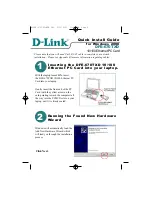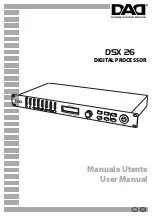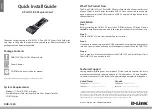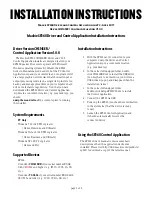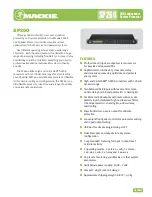
98
C
HAPTER
9: P
ORT
B
ASIC
C
ONFIGURATION
n
■
Only ports on the front panel of the device support the auto-negotiation speed
configuration feature. And ports on the extended interface card do not
support this feature currently.
■
After you configure auto-negotiation speed(s) for a port, if you execute the
undo speed
command or the
speed auto
command, the auto-negotiation
speed setting of the port restores to the default setting.
■
The effect of executing
speed auto 10 100 1000
equals to that of executing
speed auto
, that is, the port is configured to support all the auto-negotiation
speeds: 10 Mbps, 100 Mbps, and 1000 Mbps.
Limiting Traffic on
individual Ports
By performing the following configurations, you can limit the incoming
broadcast/multicast/unknown unicast traffic on individual ports. When a type of
incoming traffic exceeds the threshold you set, the system drops the packets
exceeding the traffic limit to reduce the traffic ratio of this type to the reasonable
range, so as to keep normal network service.
Enabling Flow Control
on a Port
Flow control is enabled on both the local and peer switches. If congestion occurs
on the local switch:
Configure the available
auto-negotiation speed(s) for
the port
speed auto
[
10
|
100
|
1000
]*
Optional
■
By default, the port speed
is determined through
auto-negotiation.
■
Use the
1000
keyword for
Gigabit Ethernet ports
only.
Table 57
Configure auto-negotiation speeds for a port
Operation Command Remarks
Table 58
Limit traffic on port
Operation
Command
Remarks
Enter system view
system-view
-
Limit broadcast traffic
received on each port
broadcast-suppression
ratio
Optional
By default, the switch does
not suppress broadcast traffic.
Enter Ethernet port view
interface
interface-type
interface-number
-
Limit broadcast traffic
received on the current port
broadcast-suppression
{
ratio |
bps
max-bps
}
Optional
By default, the switch does
not suppress broadcast traffic.
Limit unknown multicast and
unknown unicast traffic
received on the current port
multicast-suppression
{
ratio |
bps
max-bps
}
Optional
The switch will suppress the
unknown multicast and
unknown unicast traffic
simultaneously after the
configuration.
By default, the switch does
not suppress unknown
multicast and unknown
unicast traffic.
Summary of Contents for Switch 4210 9-Port
Page 22: ...20 CHAPTER 1 CLI CONFIGURATION ...
Page 74: ...72 CHAPTER 3 CONFIGURATION FILE MANAGEMENT ...
Page 84: ...82 CHAPTER 5 VLAN CONFIGURATION ...
Page 96: ...94 CHAPTER 8 IP PERFORMANCE CONFIGURATION ...
Page 108: ...106 CHAPTER 9 PORT BASIC CONFIGURATION ...
Page 122: ...120 CHAPTER 11 PORT ISOLATION CONFIGURATION ...
Page 140: ...138 CHAPTER 13 MAC ADDRESS TABLE MANAGEMENT ...
Page 234: ...232 CHAPTER 17 802 1X CONFIGURATION ...
Page 246: ...244 CHAPTER 20 AAA OVERVIEW ...
Page 270: ...268 CHAPTER 21 AAA CONFIGURATION ...
Page 292: ...290 CHAPTER 26 DHCP BOOTP CLIENT CONFIGURATION ...
Page 318: ...316 CHAPTER 29 MIRRORING CONFIGURATION ...
Page 340: ...338 CHAPTER 30 CLUSTER ...
Page 362: ...360 CHAPTER 33 SNMP CONFIGURATION ...
Page 368: ...366 CHAPTER 34 RMON CONFIGURATION ...
Page 450: ...448 CHAPTER 39 TFTP CONFIGURATION ...
Page 451: ......
Page 452: ...450 CHAPTER 39 TFTP CONFIGURATION ...
Page 470: ...468 CHAPTER 40 INFORMATION CENTER ...
Page 496: ...494 CHAPTER 44 DEVICE MANAGEMENT ...































